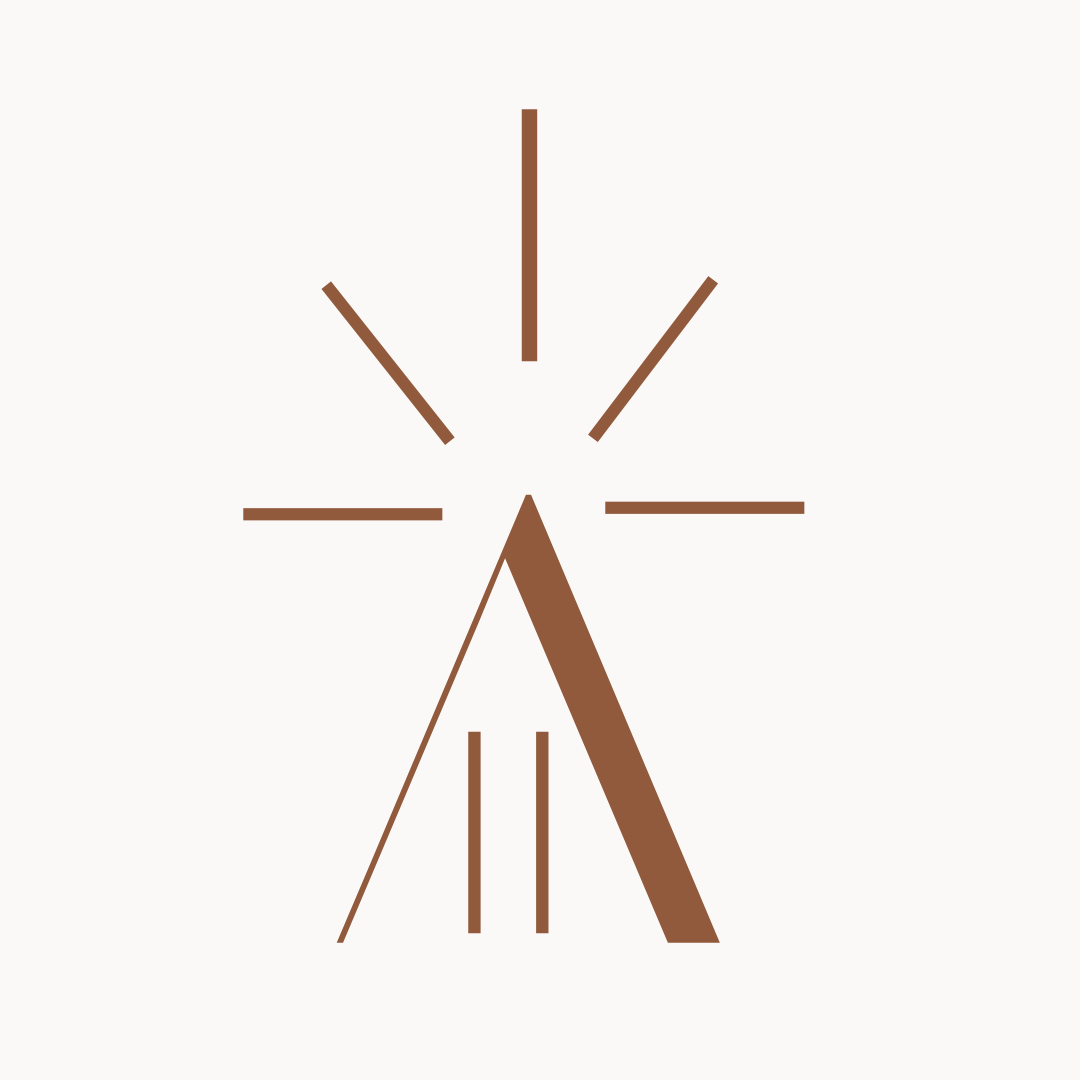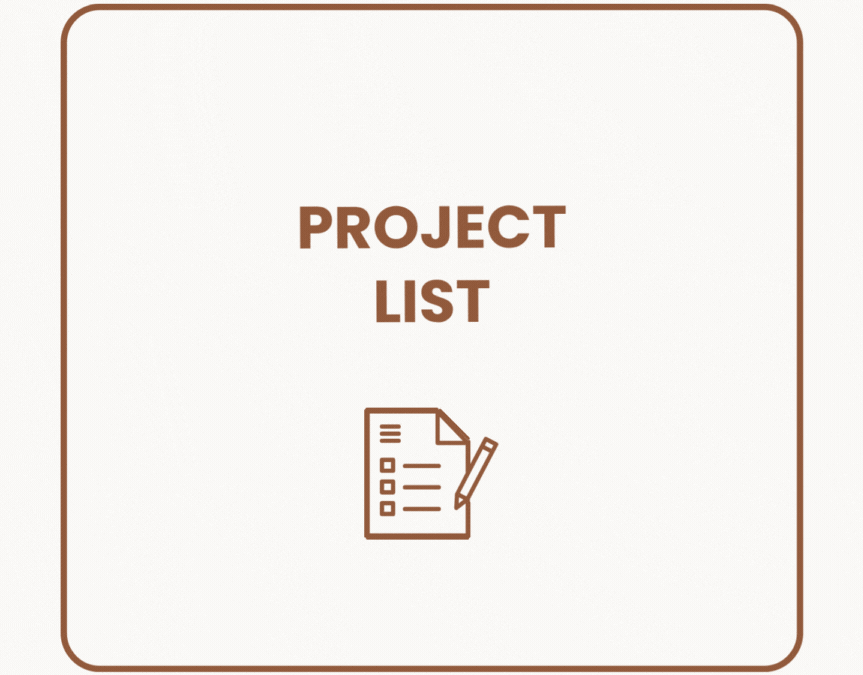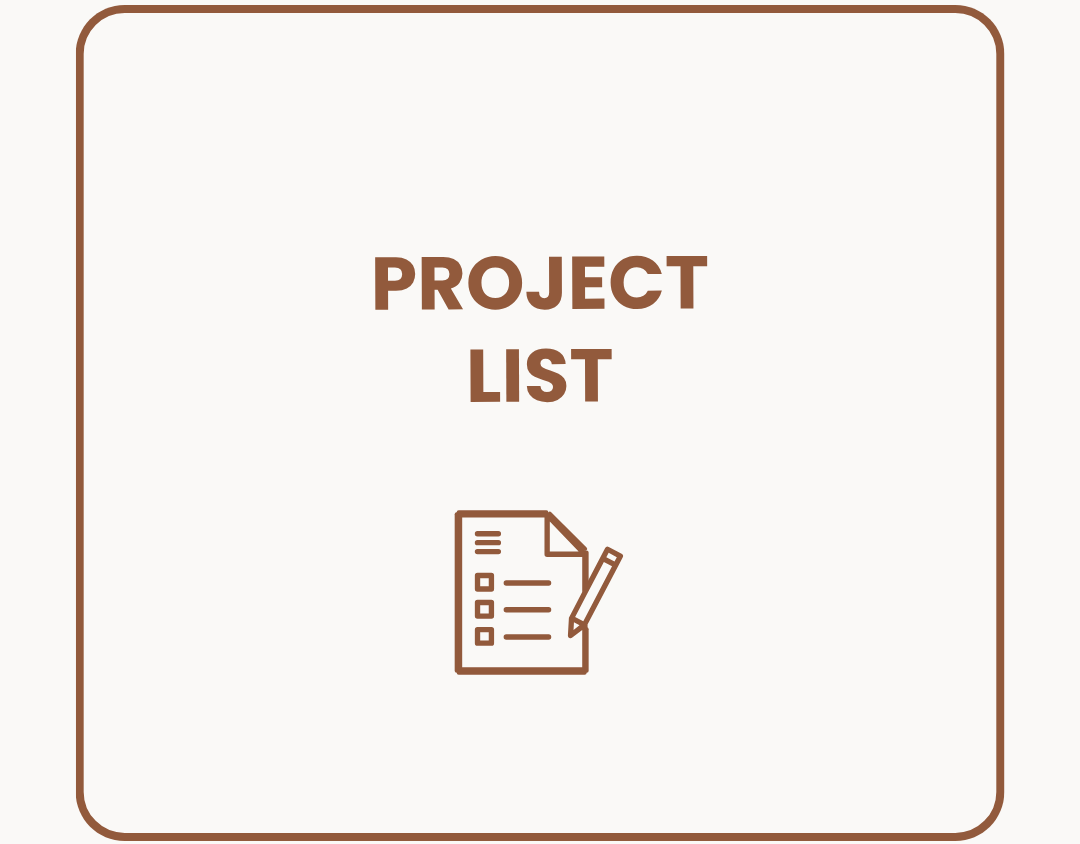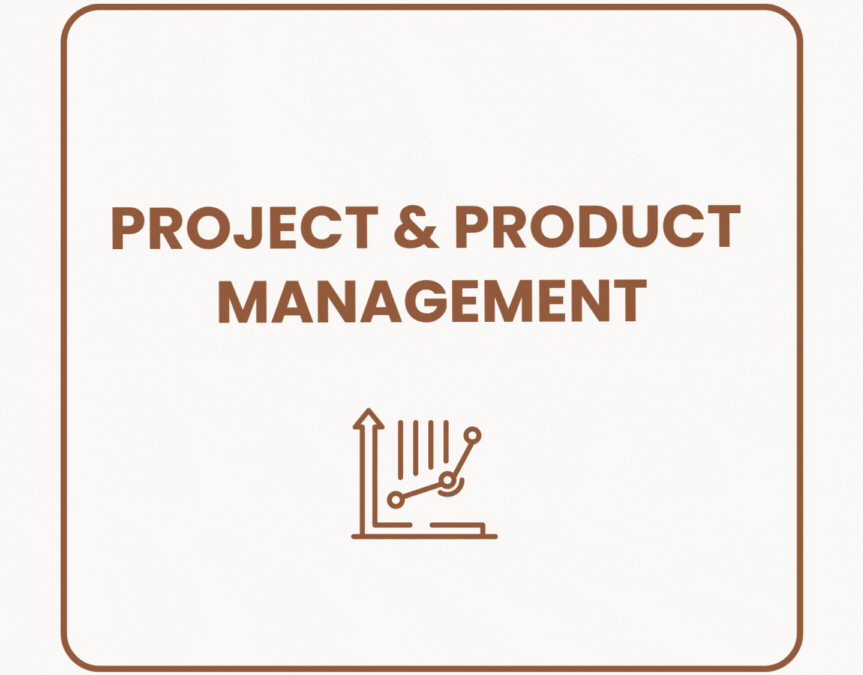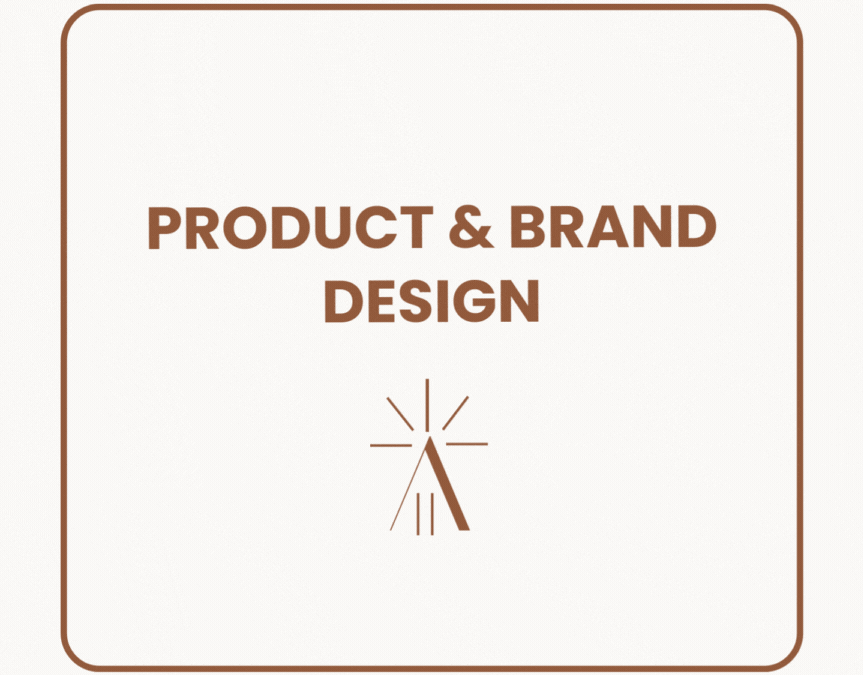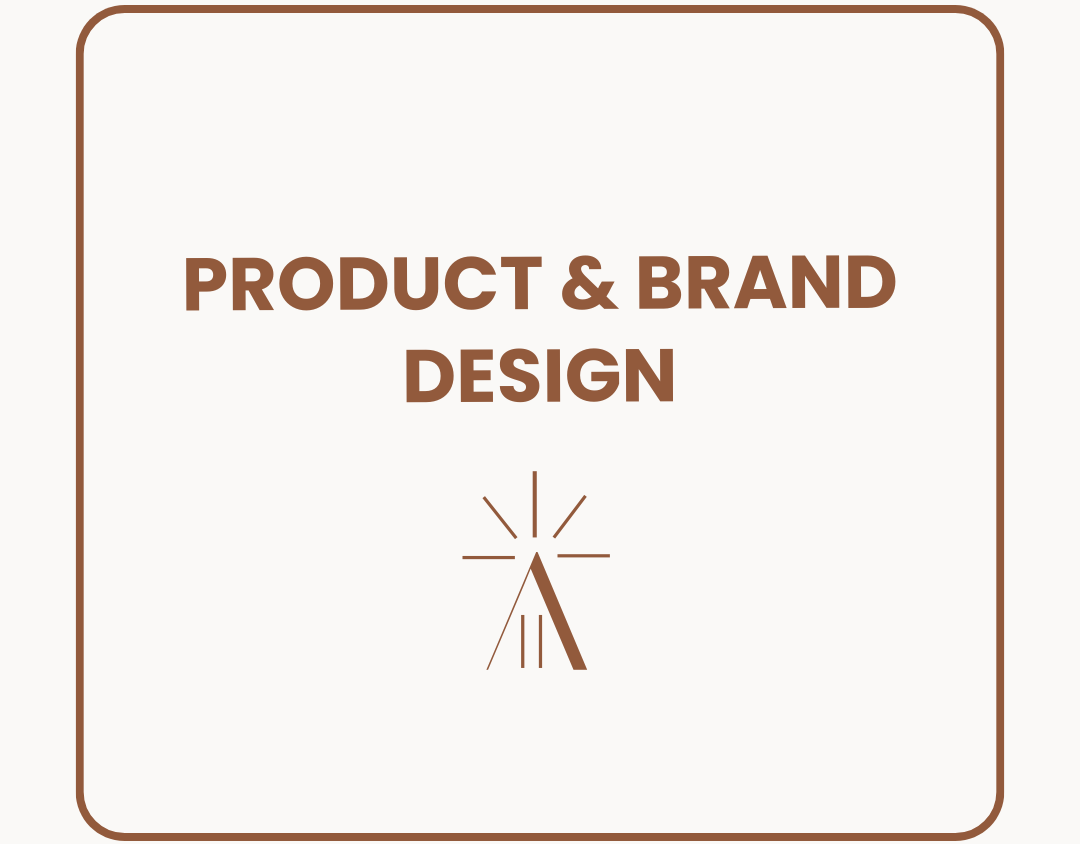Design Process
Overview
Outlining the journey my designs take from early thoughts and exploration to refined, developed solutions.
Pre Design Process
Refinement
Participate in refinement sessions where product owners present new feature requests or updates to existing functionality. Partner with product management and cross-functional teams to clarify requirements, and align on user impact.
Design Process
Discovery
Review refinement documentation to understand the feature’s context and goals. User flows are mapped out to identify key entry points, surface technical constraints, and opportunities. Open questions are discussed to address gaps in design functionality, to ensure that no critical user needs are overlooked before moving into ideation.
Low Fidelity Designs
The design system is used to craft grayscale wireframes. Core components, content containers, and placeholder text are positioned to establish layout and hierarchy. Early conversations with product owners also begin at this stage to align on content strategy, whether guiding them to define messaging or drafting copy.
High Fidelity Designs (Desktop)
The introduction of color, iconography, typography, imagery, finalized copy and refined visual elements occur during the high fidelity stage.
User Testing
When multiple directions are viable, user testing is initiated to gather actionable feedback. This includes defining test goals, selecting representative users, and crafting tasks users should be able to complete that will reveal usability strengths and friction points.
High Fidelity Designs (Responsive)
The desktop experience is extended across responsive breakpoints, including tablet (landscape and portrait) and mobile to maintain content consistency across devices. This involves:
Resizing containers and components for readability and interaction.
Adjusting iconography and touch targets for smaller screens.
Reestablishing visual hierarchy to prioritize key information based on device context.
Packaging
Designs are finalized and compiled into a cohesive collection to ensure clarity and continuity across teams. This includes:
Labeling artboards with unique name and by responsive size (e.g., desktop, tablet, mobile)
Design notes are added to guide future designers on intent, interactions, and rationale.
Meeting recordings and relevant documentation are stored in a centralized location accessible to product owners, product managers, and the development teams.
